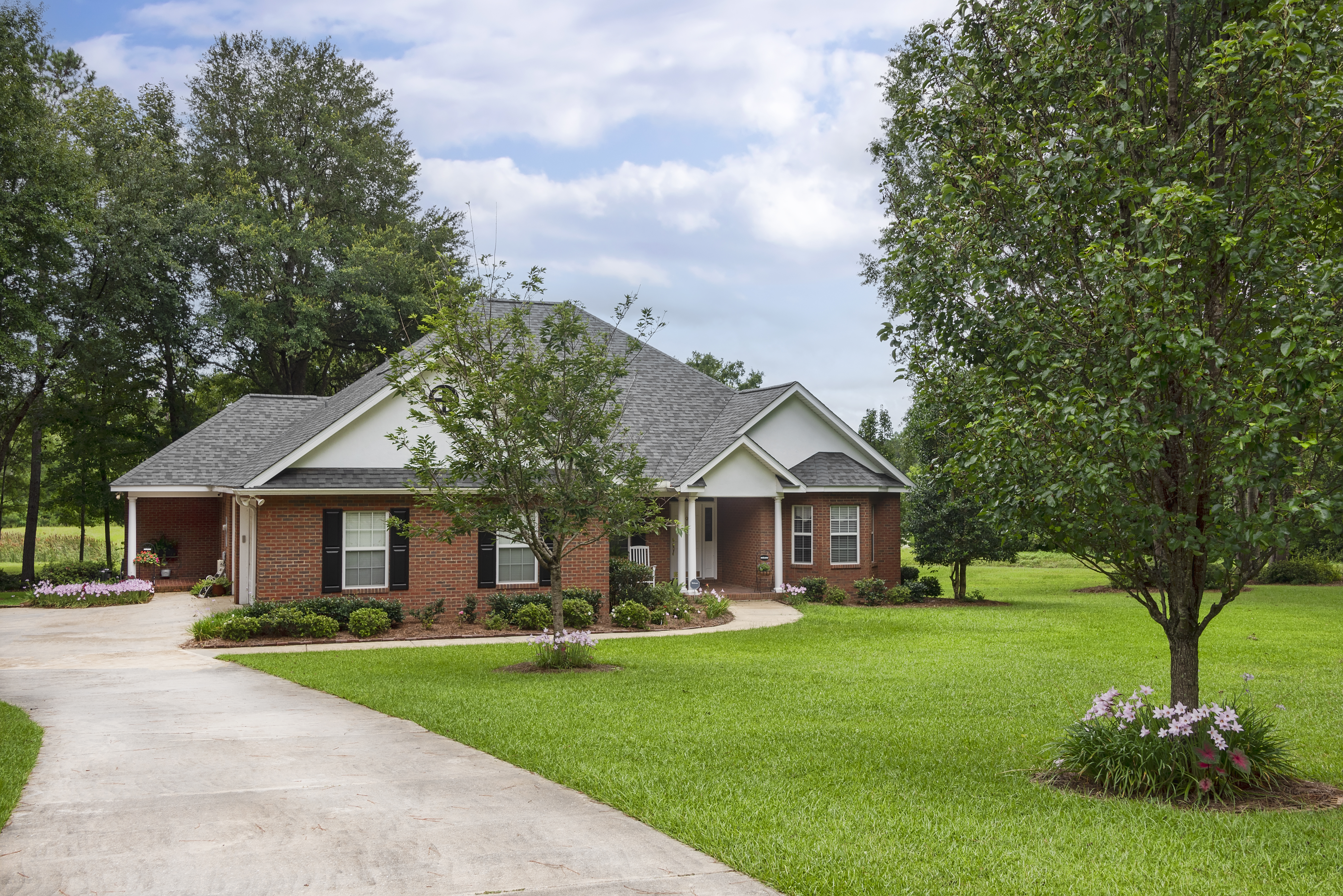
Window replacement enhances your home's appearance and helps to maintain a consistent indoor temperature. Discover the cost of window replacement in Columbus.
Here’s what to know when choosing windows for your home
Windows provide ventilation and natural light for your home. They block out sound and offer a protective barrier against the elements and intruders. Depending on the design and type of window you choose, they can also enhance your home’s aesthetic. There are many options available, making the task of choosing new windows a bit easier. Here, we’ll explore some of the more common types of windows for home installation.

A double-hung window is constructed with an upper and lower sash, both of which slide open vertically. This allows for optimal ventilation in a room, plus the design makes this type of window very easy to clean. For these reasons, double-hung windows are a common sight in many homes, especially those built in the 1980s and later.
| Pros | Cons |
|---|---|
| Highly versatile | Sash often requires repairs |
| Easy to open and close | Can be expensive |
| Customizable | Can be drafty |
Best For: Rooms that require high ventilation
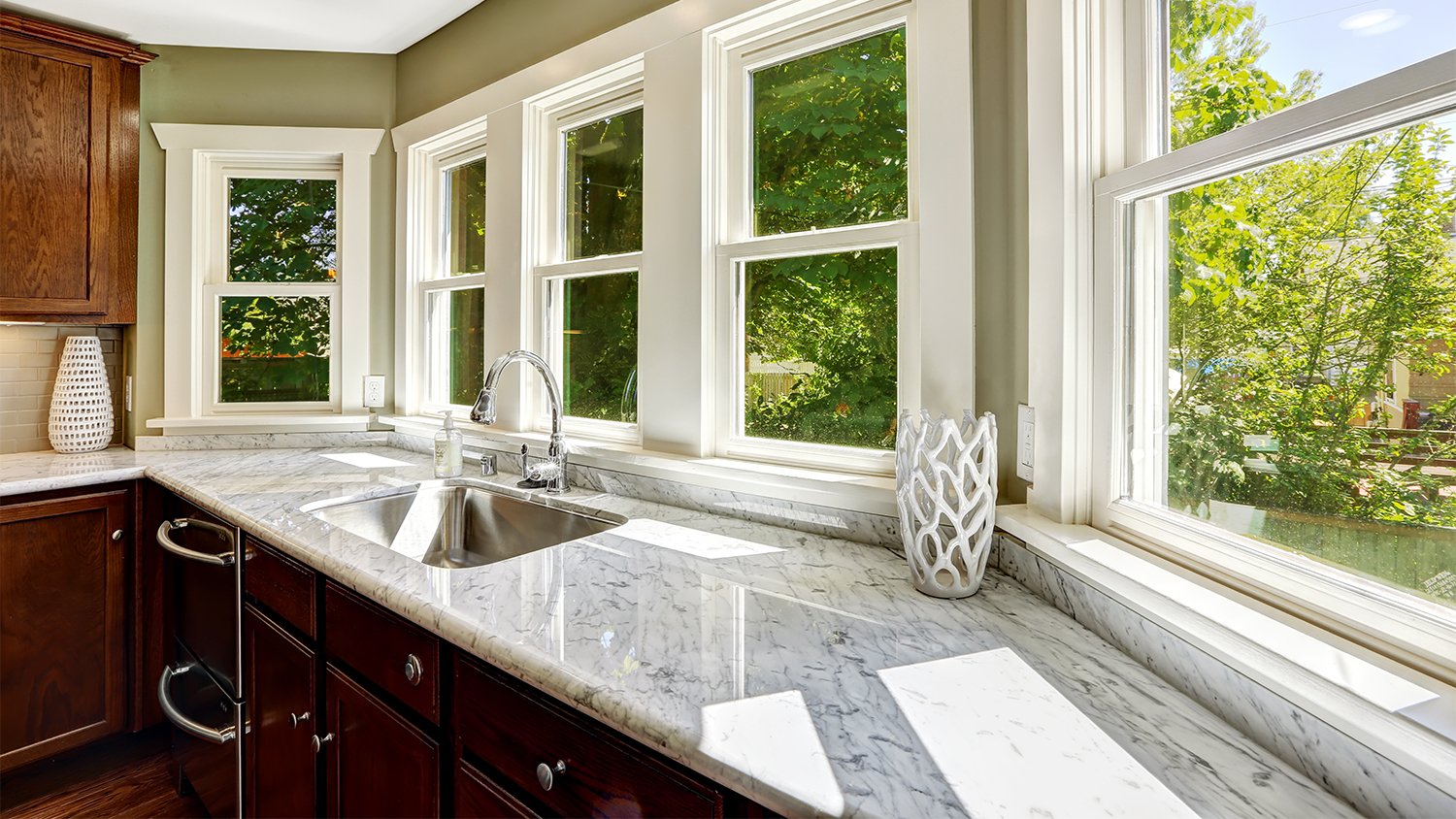
A single-hung window is also constructed with an upper and lower sash, but in this design, the upper sash is fixed while the lower sash slides open vertically. They have greater energy efficiency than their double-hung counterparts, but they are more difficult to clean, given that the upper sash is fixed.
| Pros | Cons |
|---|---|
| Less drafty | Provides less ventilation |
| Ideal for small spaces | Tricky to clean the exterior |
| Customizable | Cannot shift screen |
Best For: Regions prone to cold drafts

Casement windows, sometimes called crank-out windows because of the mechanism that opens them, open from either the left or right, depending on the type. A few turns of a crank are all you need to let fresh air into a room, making these windows especially good for ventilating bathrooms and other moisture-prone areas. But they're actually an excellent choice for any room in the house, thanks to their weathertight design that increases their energy efficiency over other types of windows. And due to their hinged design, they’re also easy to clean.
| Pros | Cons |
|---|---|
| Increases home safety | Eats up space when open |
| Easy to open | Hard to clean |
| Ideal for small rooms | Expensive to repair |
Best For: Bathrooms and hallways

Much like an actual awning, this type of window hinges outward at the top by the turn of a crank. When open, the window pane acts like an awning to keep out the elements while providing plenty of ventilation at the top and bottom. You’ll find awning windows installed in homes in wet climates, as it’s possible to keep these windows open even when it’s raining or snowing.
Like awnings, these windows jut out and take up space outside the home, so they’re not ideal for tight outdoor spaces or busy sidewalks. They’re also not easy to clean, as you can’t reach the exterior from indoors.
| Pros | Cons |
|---|---|
| Offers ventilation in the rain | Hard to clean |
| Ideal for slanted ceilings | Minimizes view |
| Doesn't require interior space | Can be expensive |
Best For: Bathrooms, attics, and skylights

Hopper windows are like awning windows in reverse; the hinge is at the bottom. But they can also open inward as well as outward. They’ve got a weathertight design that prevents air leakage, but they are prone to collecting dirt and yard debris while open.
| Pros | Cons |
|---|---|
| Highly insulated | Collects debris |
| Ideal for small spaces | Can easily leak |
| Very secure | Requires indoor space |
Best For: Finished basements

Fixed windows are just that—panes of glass that are fixed in place, unable to be opened. As such, they are often called picture windows in that they allow anyone on the inside to have a view of the outdoors. While they can’t provide a room with ventilation, they can let in plenty of natural light. In larger spaces, a picture window might provide a sweeping view of the great outdoors, while other, smaller windows provide some fresh air. Picture windows cost an average of $650, much higher than smaller and simpler windows.
| Pros | Cons |
|---|---|
| Maximum light exposure | Do not open |
| Increase curb appeal | Decreases privacy |
| Pair well with side windows | Hard to clean exterior |
Best For: Living or dining room on front of home

Bay windows feature three panes of glass that extrude from a home’s exterior. The largest pane faces front, while two smaller ones face it at 25- to 45-degree angles. The middle pane is a fixed or picture window, while the other two are usually casement windows that provide ventilation.
Bay windows provide a beautiful aesthetic to both the interior and exterior of a home. Some people might use the arched design to create a cozy window seat inside a living room. Their hefty design makes them expensive and challenging to install, so be sure to leave this window installation to the experts and consider bay window costs before you jump in.
| Pros | Cons |
|---|---|
| Extends views to the sides | Higher comparative cost |
| Highly customizable | Hard to install |
| Classic style for historic homes | Hard to insulate |
Best For: Kitchens and large living spaces

Bow windows are similar to bay windows in that they jut out from the home, but instead of three panes, there are usually four or six, typically all the same size. These panes are connected in an arch formation, a design that lends curb appeal to the exterior of a home as well as a beautiful focal point to the exterior.
While it is possible to customize bow windows to be operable, most are fixed, letting in natural light and offering outdoor views only. Like bay windows, bow window costs are quite high a challenge to install.
| Pros | Cons |
|---|---|
| Highly customizable | All panels will not open |
| Gentler curve than bay windows | Hard to insulate |
| Maximizes sunlight | Expensive to install |
Best For: Reading or eating nooks
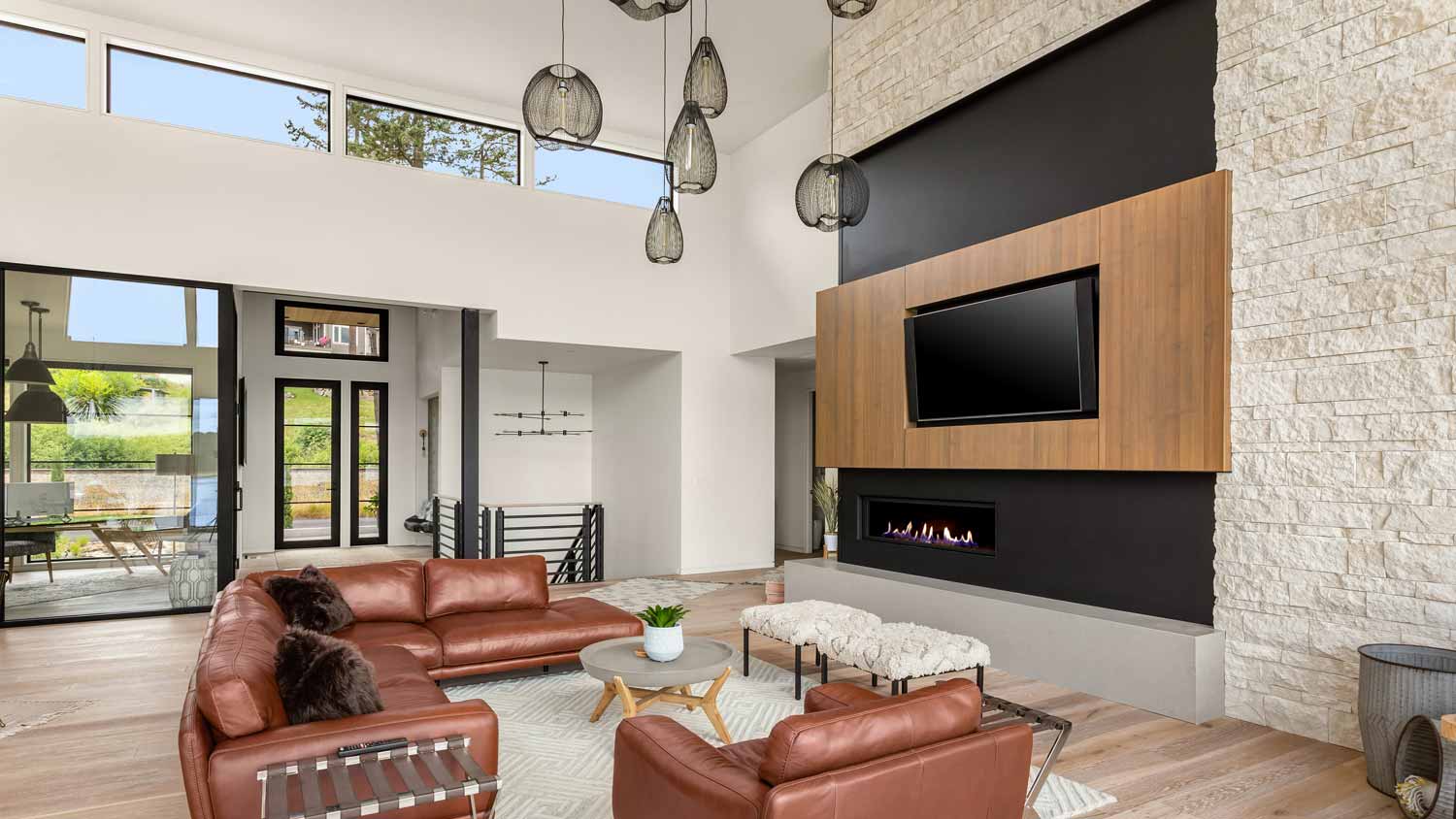
Pronounced clear story, these windows are usually installed high above eye level. You might find them in a kitchen above the cabinets, providing much-needed natural light. Some are designed to open, though you’ll likely need the help of a rod to reach the crank or lever. Due to the height of their installation, clerestory windows often let in so much natural light that it renders light fixtures practically useless during daylight hours. At night, their slender design allows for privacy, even in the absence of window dressings.
| Pros | Cons |
|---|---|
| Increase natural light in tall spaces | Many do not open |
| Heightens a room | Difficult to install |
| Easy to customize | Difficult to clean |
Best For: Rooms with tall ceilings that require more light
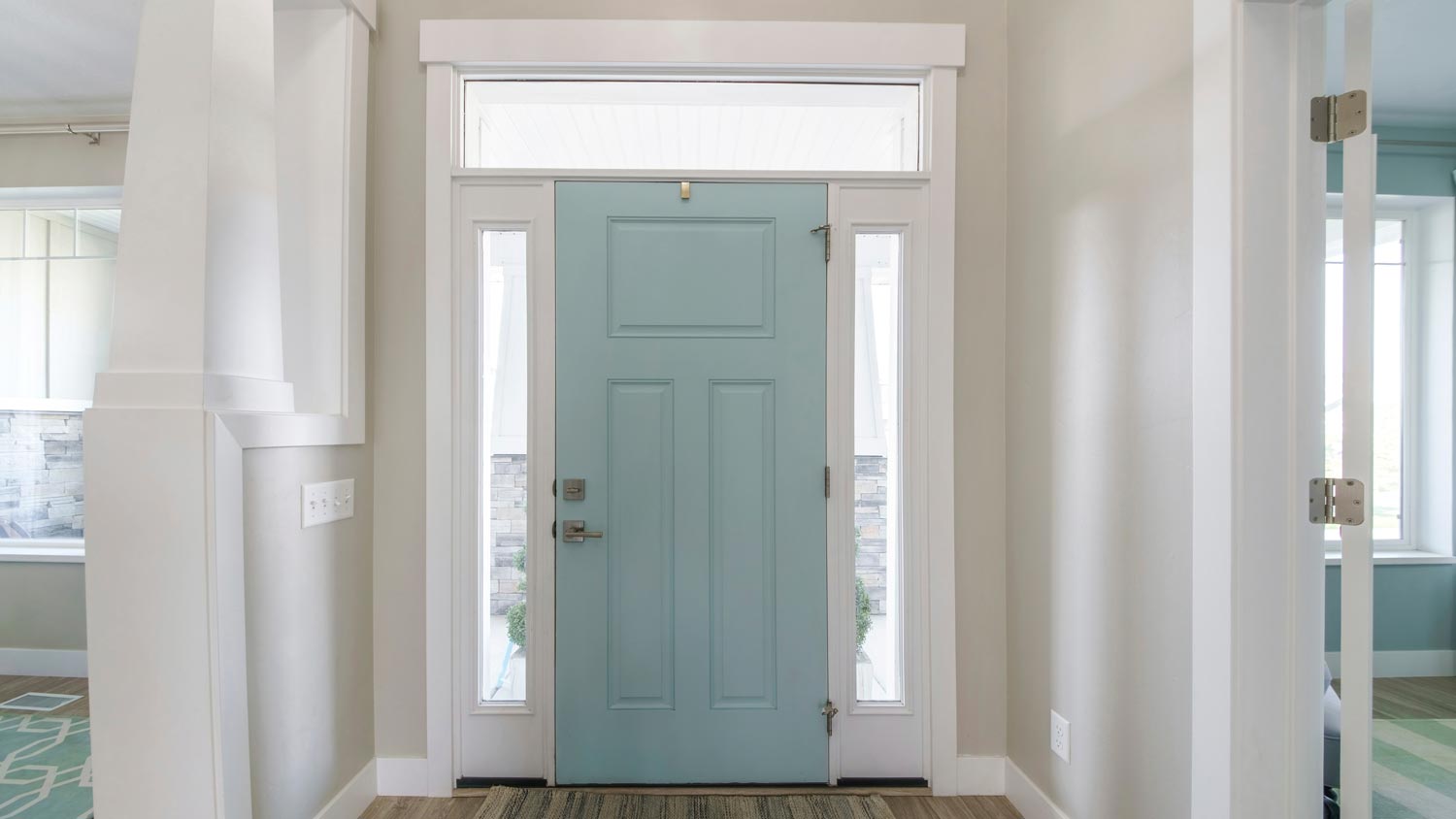
Transom windows, like clerestory windows, are installed above eye level—in this case, above doors. The transom is the horizontal crossbar above the door, so the windows are aptly named.
Some transom windows can open by using a rod to push open the hinge, providing ventilation from above the door. However, the main purpose of this type of window is to allow natural light. They’re installed most often above the front door to a home, though they can be installed above any door—interior or exterior—and even above other windows.
| Pros | Cons |
|---|---|
| Increases curb appeal | Expensive to install |
| Lightens foyers and mudrooms | May not open |
| Easy to add decorative details | Difficult to insulate |
Best For: Above front doors
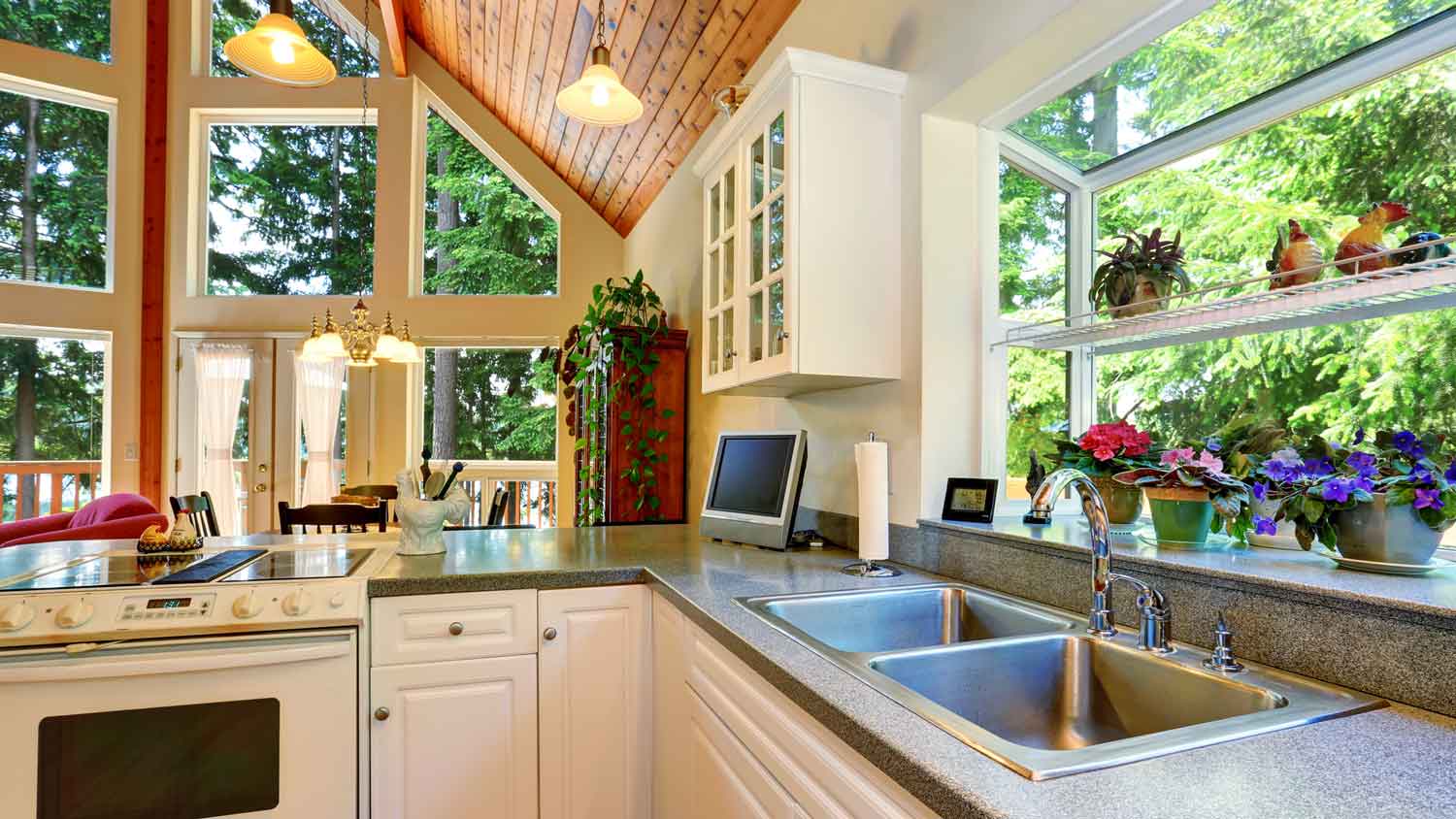
These box-like windows are installed in sun-filled parts of the home to permit indoor gardening. There are three panes arranged much like a bay window but with sharp 90-degree angles. A fourth pane at the top, either straight or at a slight angle, provides unfettered sunlight to whatever flora is placed on the shelf underneath.
A chef who likes easy access to fresh herbs might install a garden window over the sink in the kitchen, but one might also be installed in a living room for indoor plants to thrive.
| Pros | Cons |
|---|---|
| Ideal for direct sunlight | Difficult to install/repair |
| Increases home curb appeal | May not open |
| Extends a small space | Expensive to install |
Best For: Kitchens, greenhouse, and enclosed porches
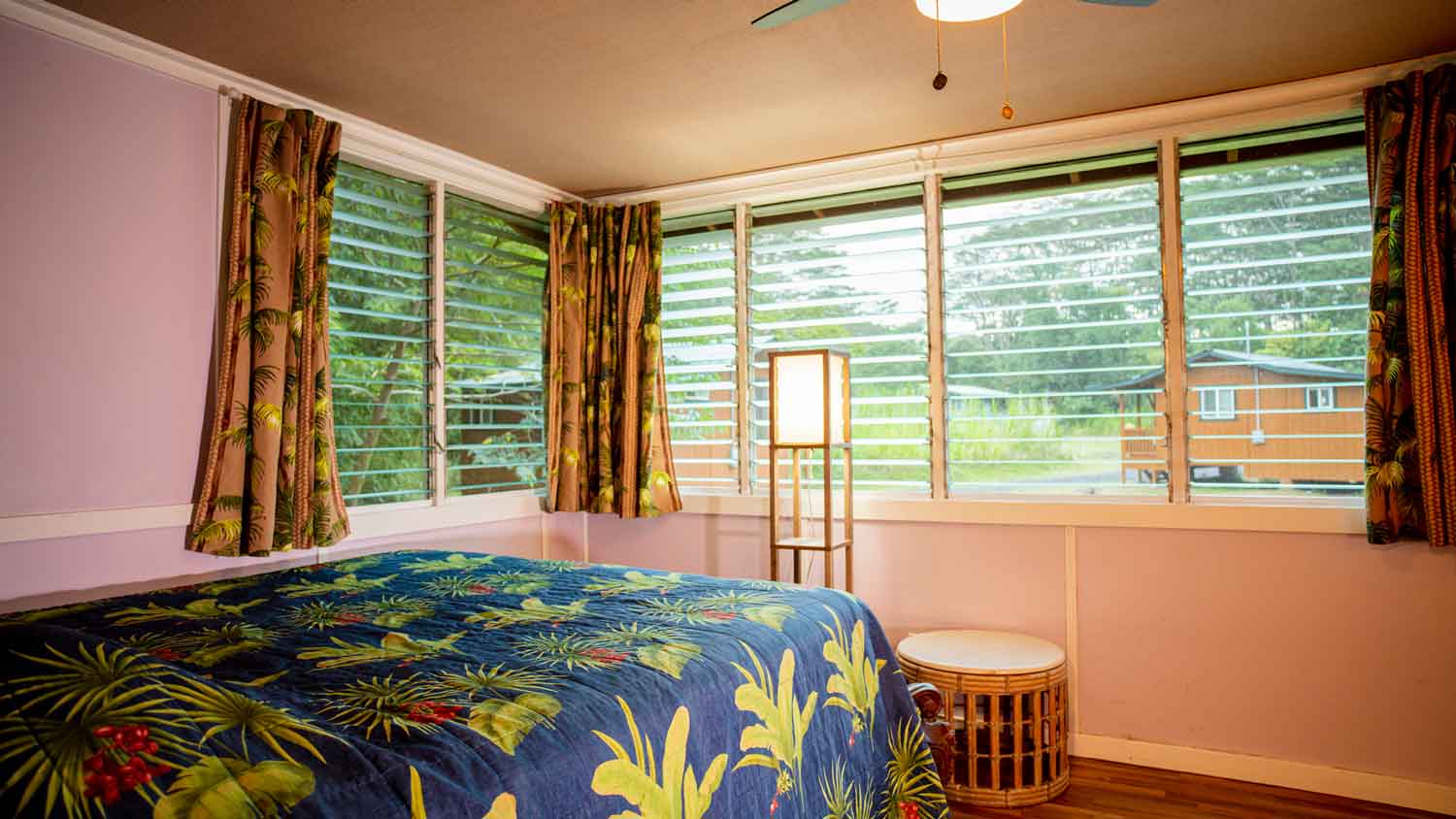
Jalousie windows are made from glass or metal panes in a design that resembles wide horizontal blinds. You likely won’t see them in cold-weather climates, but in coastal regions, they provide a unique way to ventilate and add natural light to a room.
| Pros | Cons |
|---|---|
| Majorly increases ventilation | Very hard to insulate |
| Allows ample sunlight | Expensive to repair |
| Takes the place of blinds | Not ideal for all climates |
Best For: Warm climates or enclosed porches
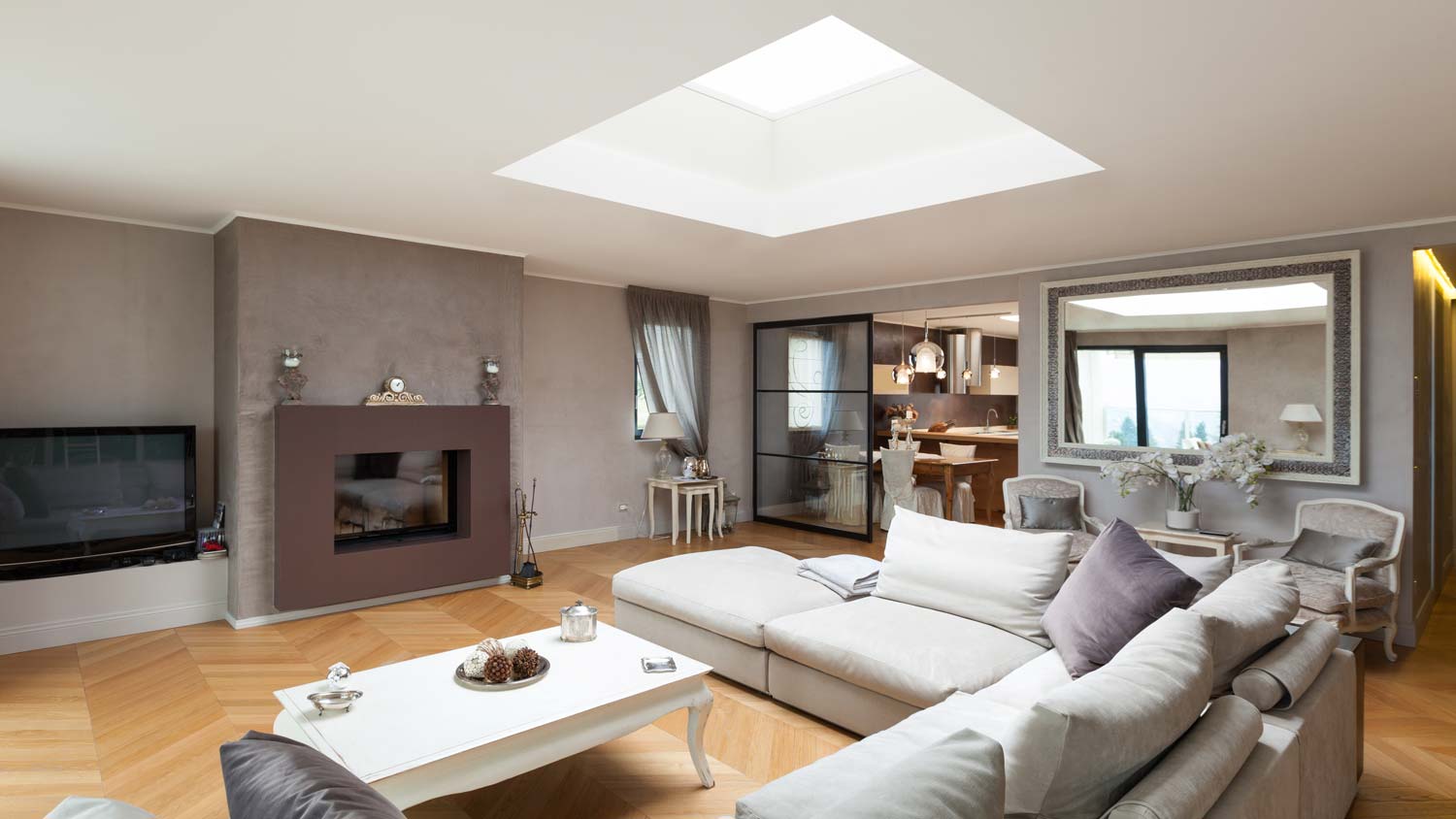
Want more natural light but don’t have the wall space? Add a skylight to the ceiling. This type of window looks especially attractive in tall, sloping ceilings, but it can work anywhere that needs more natural light. Some skylights provide ventilation and are operated by a remote or rod, depending on the height of the installation and the complexity of the window itself. The cost of a skylight will highly depend on the structure of your home but expect an average of $1,900 for professional installation.
| Pros | Cons |
|---|---|
| Heightens the look of a room | Very hard to clean |
| Adds natural light to enclosed spaces | Expensive to install |
| Increases ventilation | Difficult to insulate |
Best For: Top-floor rooms that need extra sunlight
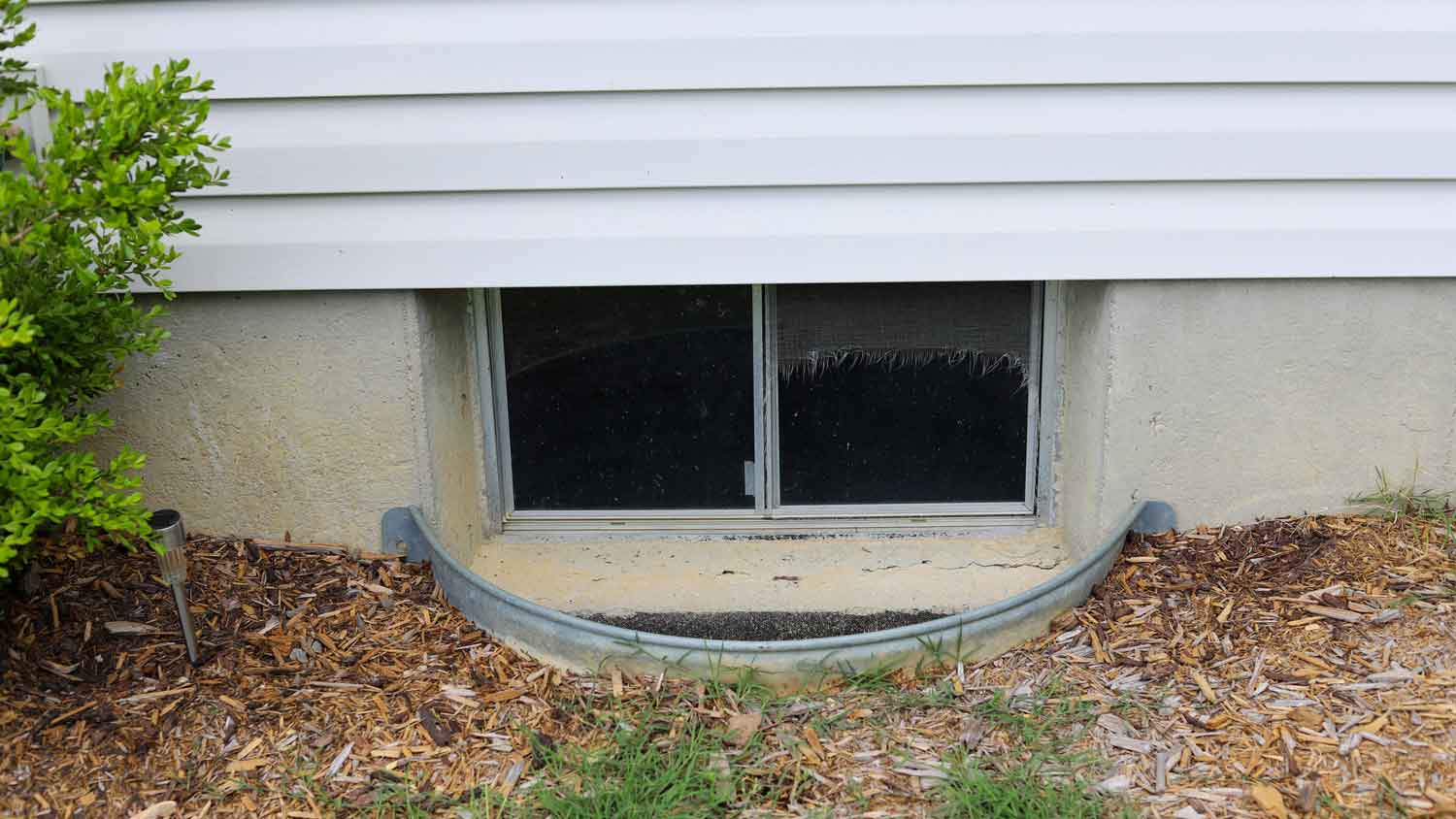
Some windows provide neither sunlight nor ventilation, but they do provide an exit in an emergency. They are typically installed in basements or other places that are far removed from an exterior door. There are specific size and height requirements for egress windows to be up to code, so rely on a reputable window installer to do the installation.
| Pros | Cons |
|---|---|
| Meets local safety standards | Prone to leaks |
| Increases basement ventilation | Decreases home security |
| Adds light to lowest floor | Expensive to install |
Best For: Basements with egress building code requirements
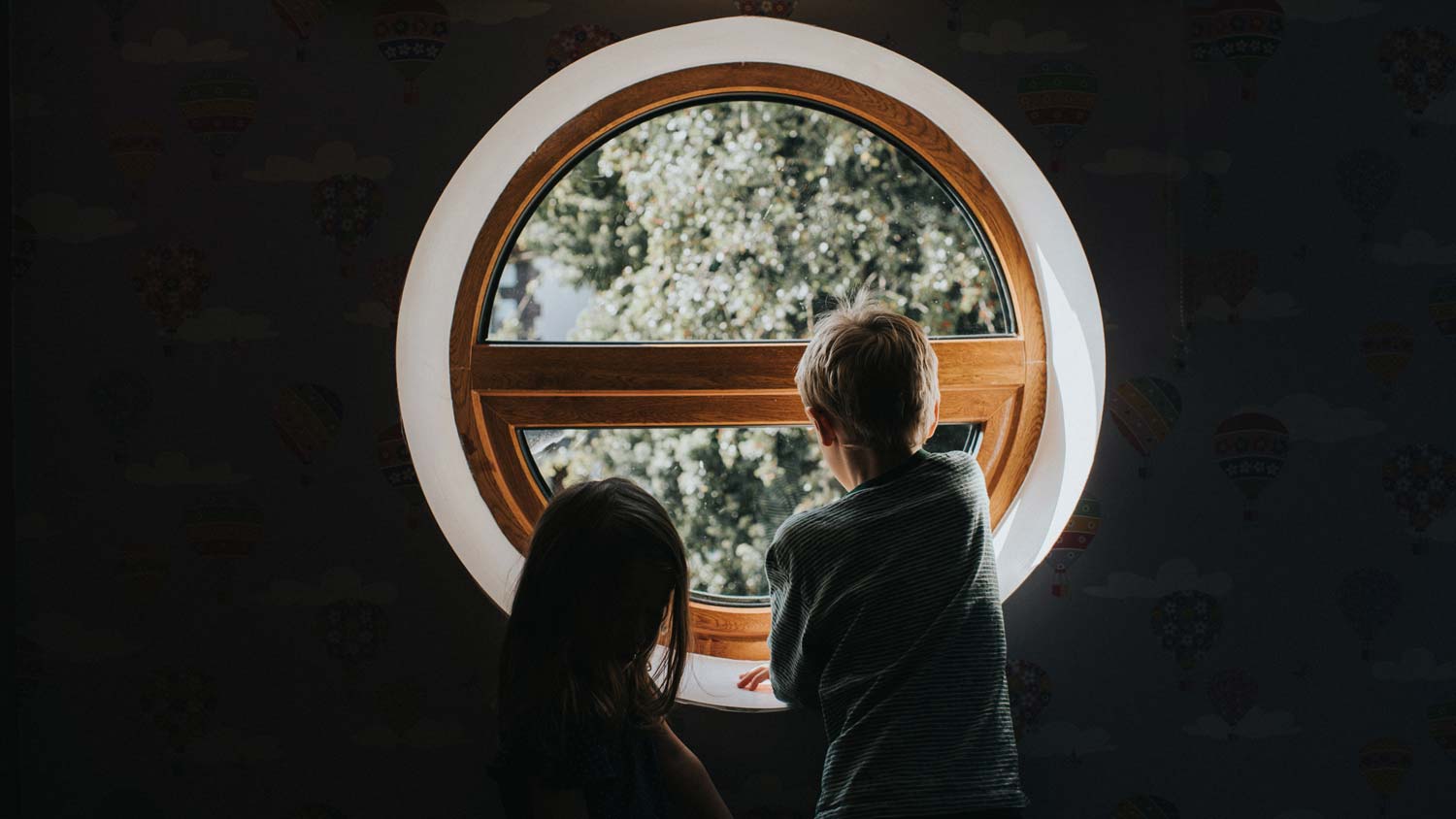
Looking for something that’s not on this list? While you can customize all or most of these windows to suit your design preferences, you might want something that’s even more unique for your home. In this case, custom windows can provide the size, shape, and design options that standard windows cannot. You’ll have to pay more for these types of windows, as they will have to be built specifically for your home, but many people are so pleased with the results that they find it worth the extra investment.
Need more help deciding which window is right for your home? Contact a window company near you for design inspiration as well as installation services.
| Pros | Cons |
|---|---|
| Blends with your home style | More expensive than standard windows |
| Increases curb appeal | Longer installation timeline |
| Maximizes light and airflow | Hard to replace |
Best For: Homes or rooms with unique needs
The many types of windows on the market accommodate varying levels of space, sunlight, and ventilation. As you look at the wall in question, consider how each type of window will transform that area of your home.
The best way to choose the appropriate window for your space is to hire a window replacement contractor. Professionals will be able to combine your dream design with functionality. The structure of the wall window rough opening in question will often dictate what is possible. The direction the window opens and how much it protects you from the outside elements will also play a crucial role.
We've all been in homes with windows that are impossible to open or swing awkwardly into a room. Consider where you will stand to open a window and the direction the casement or hopper window swings when cranked. The size of the window will also determine furniture placement.
Window replacement costs an average of $300, but branching out to large, picture windows can push the number over $1,000. Keep in mind that there are costs hidden within each type of window as well. The type of frame, window glass, and special treatments will all affect the cost. Lastly, installation costs will add between $100 and $300 for labor.
Windows are supposed to be stylish, but they are also the key to fresh airflow, warm sunlight, and keeping us warm in the winter. If you're considering installing a floor-to-ceiling window in a colder climate, keep in mind that you will need stronger insulation to keep out the chill. And while transoms, skylights, and awning windows are fun additions, be sure you're ready to clean them with special equipment.
Barbara Bellesi Zito contributed to this piece.
From average costs to expert advice, get all the answers you need to get your job done.

Window replacement enhances your home's appearance and helps to maintain a consistent indoor temperature. Discover the cost of window replacement in Columbus.

Window repair costs in Columbus, Ohio, depend on several pricing factors, including the type and size of the repair it needs and the window itself.

If you're hoping to add a touch of timeless style to your windows, take a look at the cost of stained glass windows and what affects installation costs.

Want to know how long vinyl windows last? Learn the average lifespan of vinyl windows and the core factors that affect their performance over time.
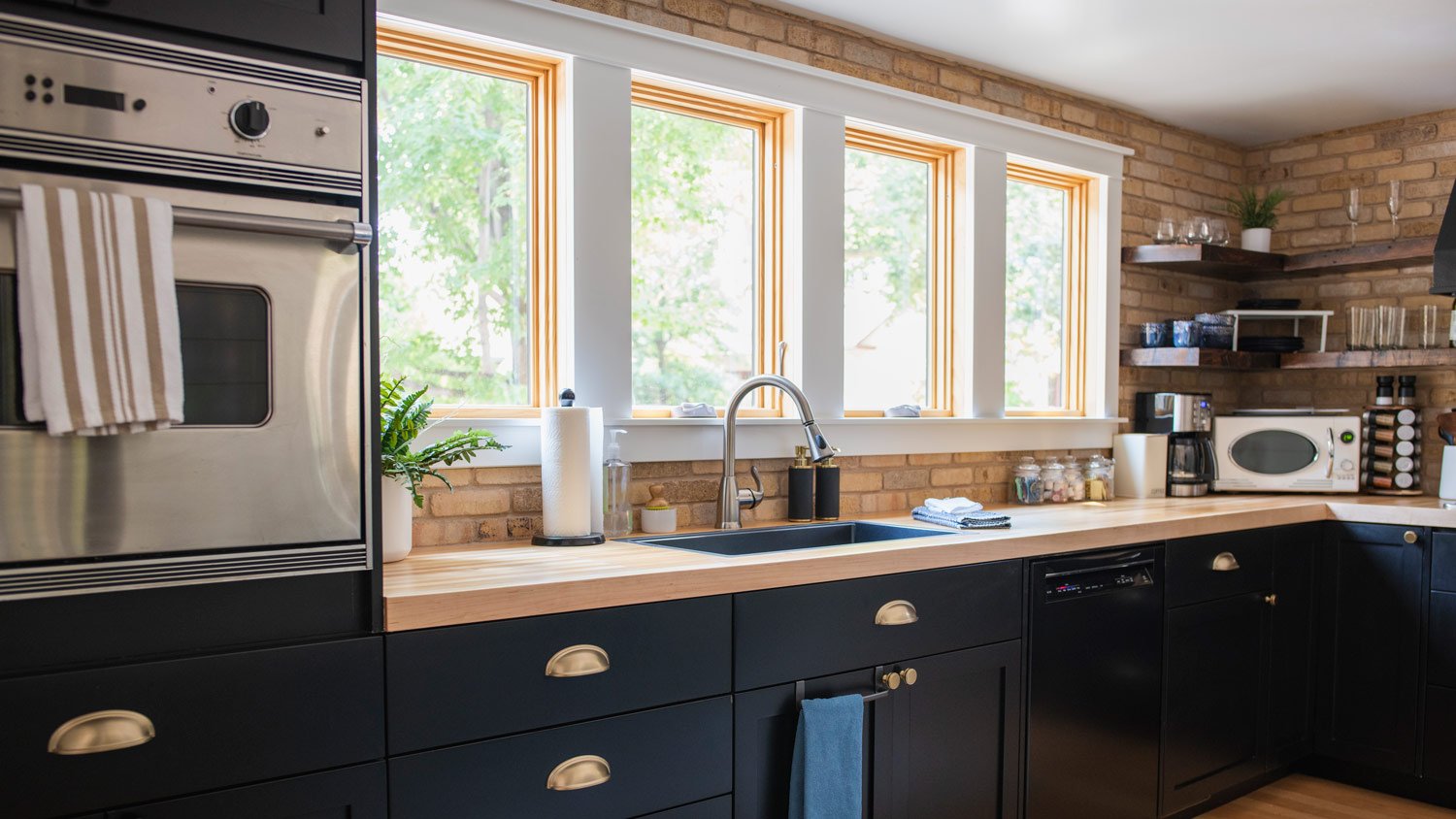
Find out how much it costs to add a window to your home, including the cost to cut and frame the opening, as well as installing the window itself.
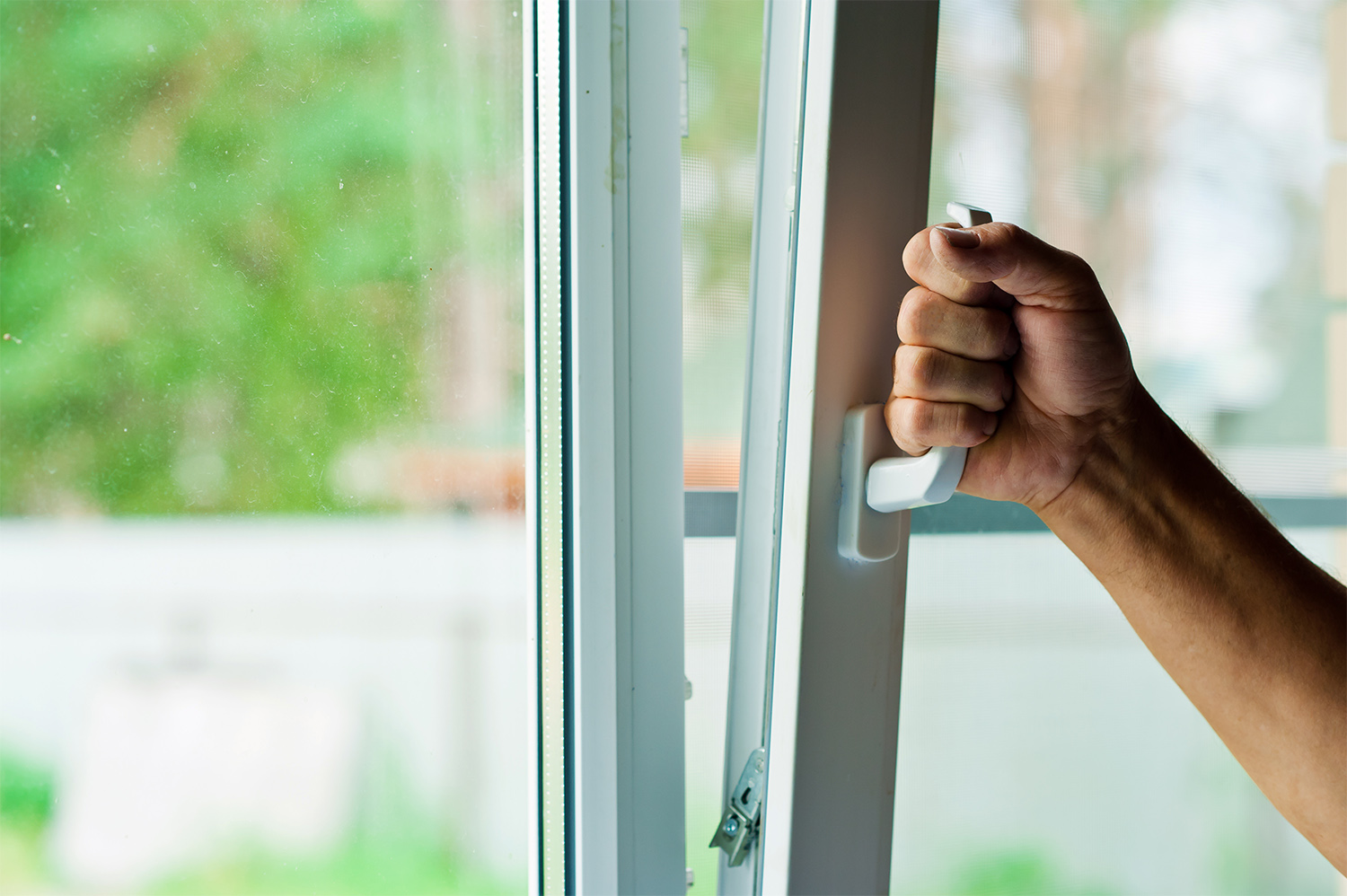
Discover the cost to replace window locks. Learn about price factors, labor rates, and tips to save on your window lock replacement project.